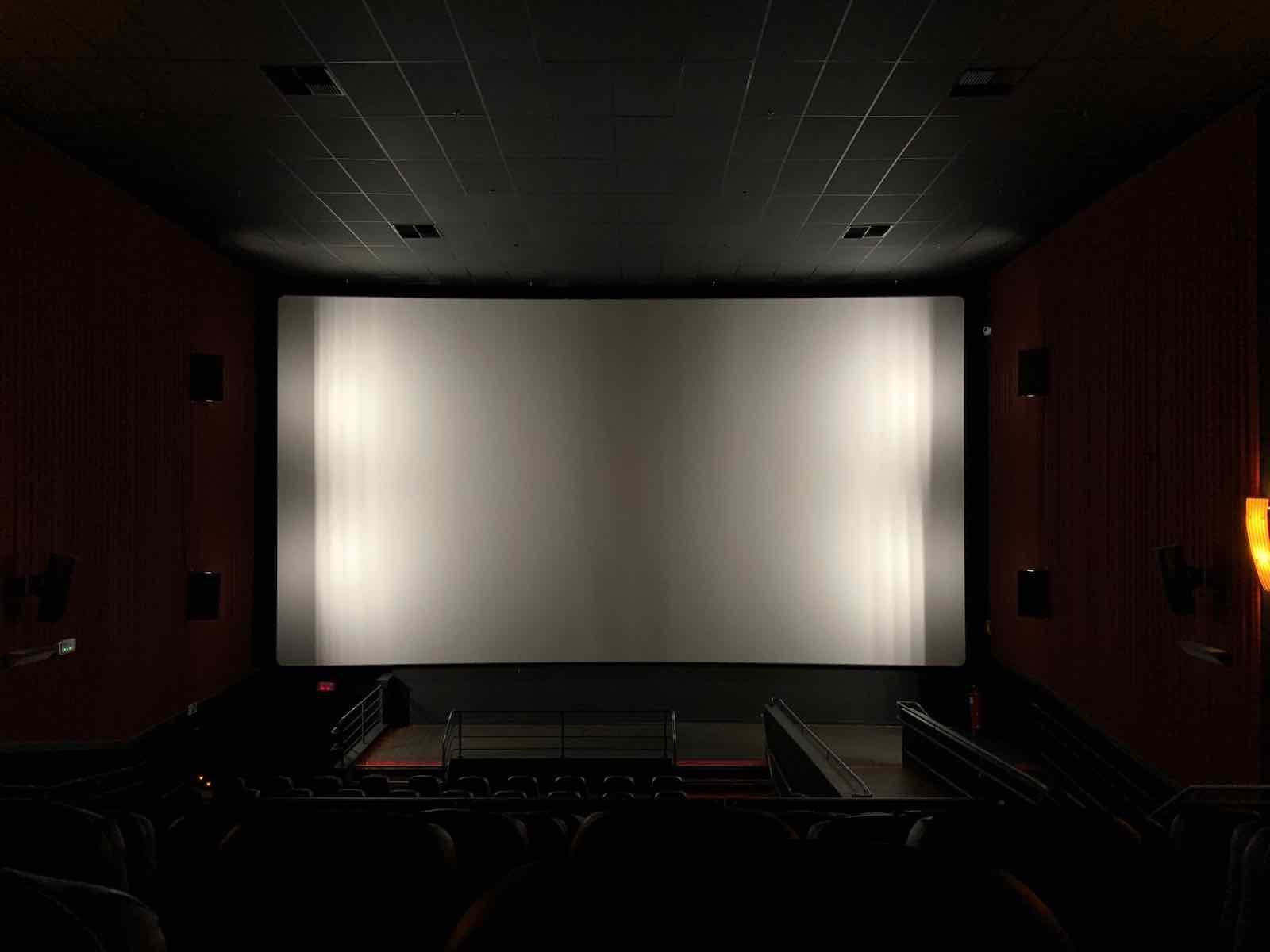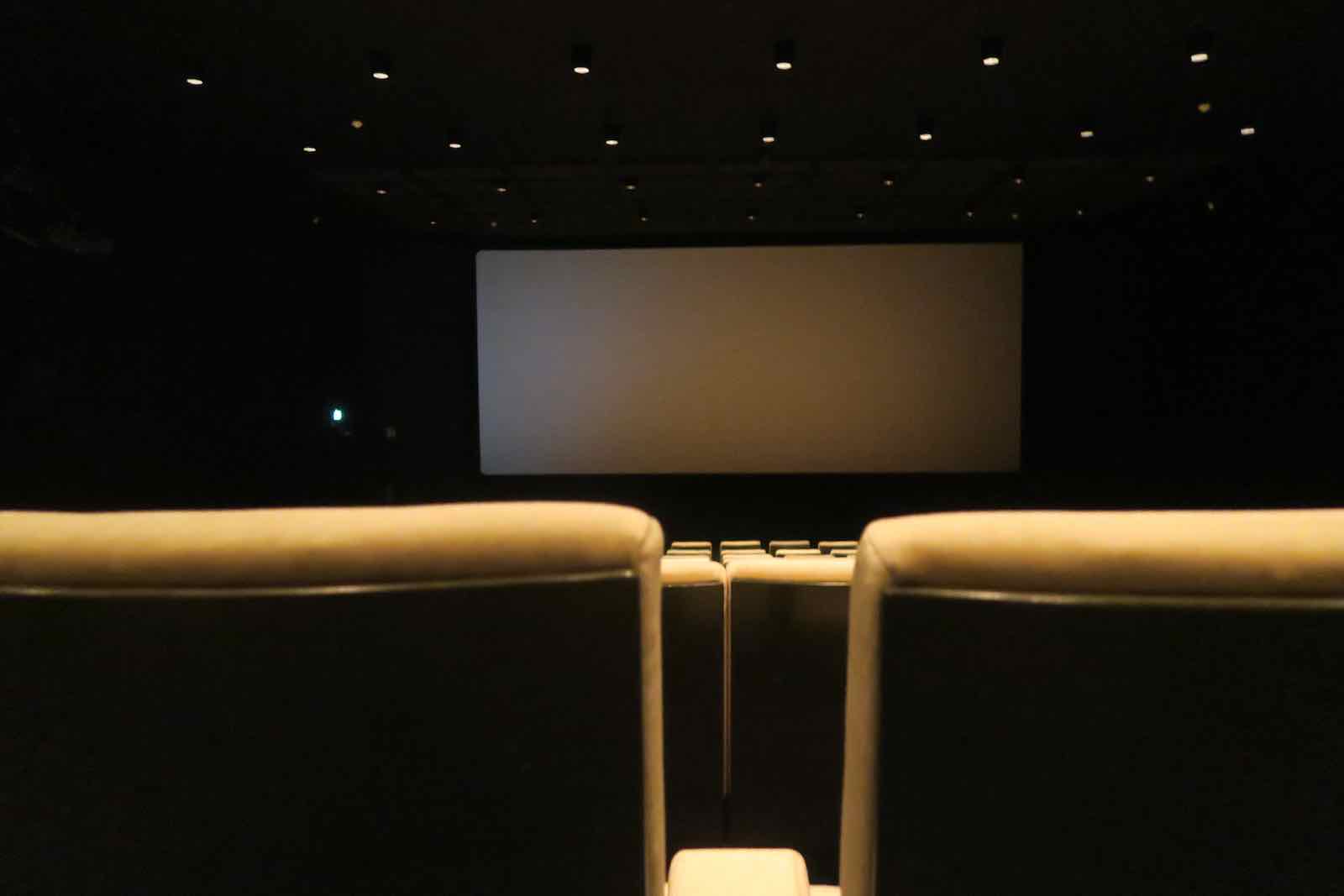
How to plan the ultimate home cinema
From noisy teenagers and overpriced popcorn to people who insist on lighting up the room with their phone screen, sometimes a trip to the cinema isn’t all it’s cracked up to be. Being able to enjoy the latest movies without worrying about fellow moviegoers’ cinema etiquette (or lack thereof) makes it easy to see why installing a home cinema is becoming an increasingly appealing option.
A good home cinema setup can make a serious difference to your enjoyment of movies, with many creating an entertainment experience that could rival that of a small multiplex cinema screen. But there’s much more to creating a home cinema than just installing the right equipment.

Here’s everything you need to know before you get started on your home theater experience.

Deciding on a space for your home cinema
It can be tricky to decide where to set up your home cinema. You’ll need to think about whether to convert an unused space like a basement or attic or to upgrade existing spaces with surround sound and full-screen immersion.
Room size and shape can narrow down your choices further, with a rectangular room being a better acoustics option than those that are square-shaped. It’s also worth working out how many people will be attending screenings, which will impact seat positioning and screen size.
Another thing to take into account when choosing a location for your home cinema is that you’ll want to enjoy watching movies in a room that’s free from any outside light, or one that you can easily block with window shades.

Choosing seats
When you’re planning the seating options in your new cinema room, you’ll need to consider the viewing angle carefully. To measure the viewing angle, draw two lines to the edges of the screen from any of your planned seating positions; any angle greater than 40° is best.
You can then choose chairs that ensure comfortable viewing throughout the movie, including sofas or typical cinema seats with reclining positions and armrests.

Getting the picture and sound right
There are plenty of things to consider when it comes to choosing the best home theater system. A home theater system will typically include a TV, a video source, a home theater receiver, and speakers.
Firstly, you’ll need to decide on the TV to build your home theater around, with a 4K HDR TV being a popular high-quality option. Then choose the speakers you want, taking into consideration the size and how they’ll work with your room’s decor and the audio quality.
For your home theater, you can also use a projector and screen. This would allow you to get a much larger image than you could with a LED flatscreen TV, providing your home theater a real cinematic experience. You want to make sure you invest in a 4K projector to get the best picture quality possible. You will need a projector screen that can handle the 4K resolution.

Integrated lighting
What better way to finish your home cinema room than with some strategically placed lighting? As well as the image quality of the screen and the acoustics, lighting can help to create a true cinematic experience. You can choose certain systems with different lighting modes, so cinema mode can automatically dim the lights when you’re ready to watch your movie.







